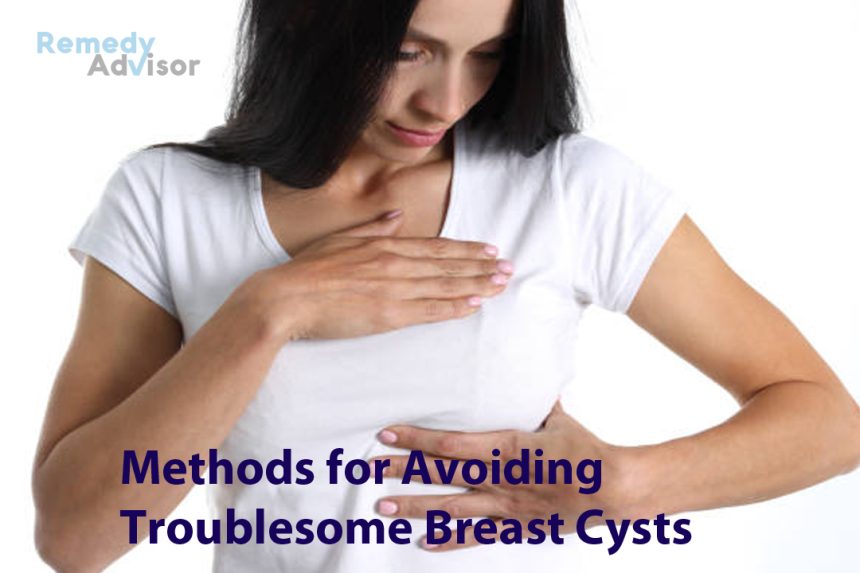Breast cancer gets lots of media attention and rightly so. But far more common is fibrocystic breast disease. At some point during their lives, 70% of women develop the fluid-filled, tender or painful breast lumps that characterize this condition.
We asked Christiane Northrup, MD, to answer the most common questions about breast cysts
• What causes breast cysts?
During ovulation and just prior to menstruation, fluctuating hormone levels can cause breast cells to retain fluid resulting in cysts.
An estrogen/progesterone imbalance also appears to promote cyst development, but doctors don’t know exactly how or why.
In some cases, cysts are linked to abnormally high levels of estrogen. This is usually caused by eating too much fat. Other women develop breast cysts despite having normal estrogen levels.
Good news: The lumps usually disappear following menopause.
• How can I tell a tumor from a cyst?
Cysts typically feel like a bunch of peas or grapes just under the skin. A painful lump is nearly always a cyst. Cancerous lumps are generally not tender.
• Is breast cancer more common among women who get breast cysts?
In the 1970s, a few studies indicated that this might be the case. But subsequent research at the National Cancer Institute found that the vast majority of fibrocystic breast disease diagnoses did not involve an increased risk of cancer.
Exception: About 1% of women with fibrocystic breasts have ductal atypia. These abnormal breast cells sometimes turn cancerous.
• If I discover a lump in my breast, what should I do?
Have your doctor examine it at once. He/she may want to obtain additional tests, such as a mammogram, sonogram or needle aspiration/biopsy.
If the lump contains fluid, odds are it’s a cyst. It should disappear once the fluid is removed.
• Are certain women more likely to get breast cysts?
Fibrocystic breasts are more common among women who are sensitive to caffeine and those who have heavy periods, severe menstrual cramps and/or premenstrual syndrome.
• The lumps in my breasts are very painful. What can I do for relief?
First, avoid all sources of caffeine. That goes for chocolate and caffeinated soft drinks, as well as coffee and tea. And don’t overlook over-the-counter painkillers and diet aids. Many contain caffeine.
To keep your estrogen levels in check, adopt a low-fat, high-fiber diet. This diet should contain no dairy products and should be high in whole grains, fruits, vegetables and beans. If dairy products are your primary source of calcium, be sure to take calcium supplements. After three months, add dairy foods back into your diet to see if they make a difference
• Are nutritional supplements helpful?
Many women get at least partial relief by taking a daily multivitamin or a daily pill containing vitamin E.
Also helpful: Selenium (24 to 32 micrograms [mcg] a day) vitamin A (1,000 to 5,000 international units [IU] a day) capsules of evening primrose oil, flaxseed oil or black currant seed oil (500 milligrams [mg] four times a day).
• A friend of mine suggests that I try massage. Is that helpful?
Yes. Massage relieves discomfort by dispersing excess fluid to the lymph glands, where it’s channeled out of the body.
What to do: Rub your hands together until they are warm, and then massage each breast in concentric circles about 30 times. Use both hands, with your fingertips meeting in the middle. Move clockwise on the right breast, counterclockwise on the left breast.
For persistently painful breast cysts, I often recommend self-treatment with topical iodine. Iodine seems to affect estrogen’s ability to bind to breast cells.
Apply iodine tincture in a three-inch-square patch to your upper thigh or lower abdomen. If the iodine stain fades within a few hours, apply it to another area of the upper thigh or lower abdomen.
Repeat these applications as long as they continue to fade within a few hours. When you can see a slight stain that persists for 24 hours, stop the treatment







